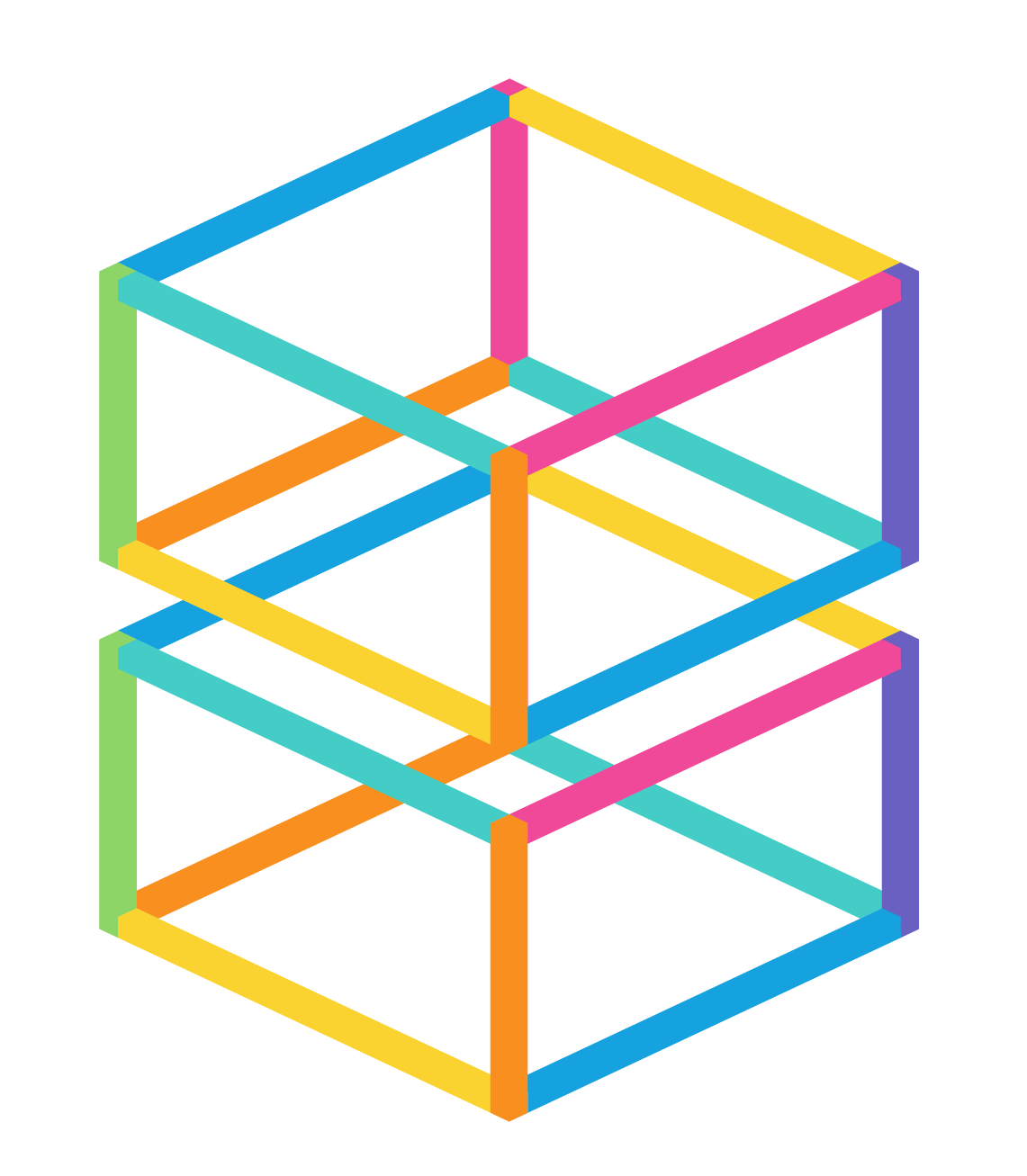
3D Printing in STEM Education
May 6, 2024
Using Video as a STEM Teaching Tool
May 6, 2024KEY POINTS
- Keep at-home assignments engaging.
- Test students on what they have learned.
- Create relevant hands-on activities.
A flipped learning environment is exactly what it sounds like. The flipped classroom model is a pedagogical approach that flips the traditional role of lectures and homework. In the traditional style of learning, students engage in lecture-like instruction in the classroom and are then assigned traditional homework activities to be completed at home. In the flipped classroom style of learning, students are instructed to review lecture-like materials at home the day before a lesson, often taking the form of a reading assignment or watching an instructional video. Then, the next day, students are directed to complete traditionally homework-like activities in the classroom with the instructor present to provide guidance and clarification. In this sense, flipped classroom learning turns classwork into homework and homework into classwork. This model of teaching affords students with the opportunity to gain some background on material before arriving to the classroom and gets them prepared to apply this knowledge to a hands-on activity in class.
MAKE OUT-OF-CLASS WORK ENGAGING
Because a flipped learning environment adds additional importance to work outside of the classroom, it is vital that students complete the lecture-like review material that you assign to them. The best way to ensure that students complete these at-home assignments is to keep them interesting and engaging. Instruct students to review fun, informative videos rather than monotone, recorded lectures. Give them a reading assignment in the form of an intriguing article instead of dull textbook reading. Keep material inviting and engaging and students will be more inclined to do their work out of interest rather than obligation.
QUIZ STUDENTS TO EVALUATE THEIR LEARNING
Though a flipped learning environment is potentially very effective, it can be difficult to gauge the quality of the learning process for students when it’s done at home, outside of the classroom. This is why it’s important to quiz students at the beginning of class about the materials they were assigned. This helps you understand what concepts need to be explained more thoroughly and holds students accountable for doing their work before class to ensure they stay on top of the material. It will also ensure that the classroom activities planned for that day will prove fruitful and effective.
CREATE ACTIVITIES TO PUT THE INFORMATION INTO PRACTICE
With the out-of-class work already completed, classroom time should be dedicated to hands-on-style learning experiences that allow students to apply their newfound knowledge and develop essential STEM skills. Typically, these activities will take on the format of the Engineering Design Process or the 5E Model of Instruction. These formats provide students with an innovative yet structured approach to lesson content as they develop hypotheses, design prototypes, and solve problems in the STEM classroom.




